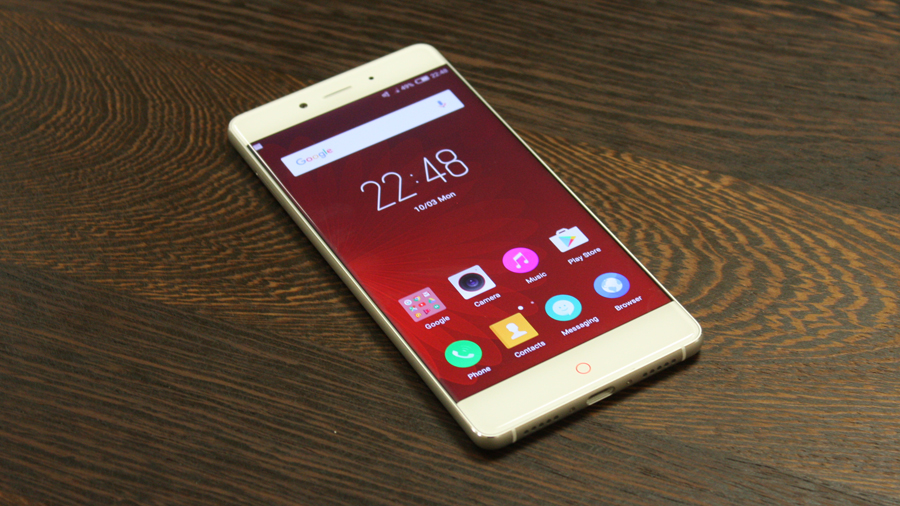Why you can trust TechRadar
Battery life
- Battery life compares well with similar sized phones
- Outperforms the much more expensive iPhone 7
- There are no power saving modes
When you compare the size of the Nubia Z11’s battery to other similarly-sized smartphones, it is just about on par with other phones in this price range – such as the Sony Xperia XZ (which has a 2900mAh cell), or - our favorite comparison - the OnePlus 3 (which also has a 3000mAh battery).
After running our in-house battery benchmark (an HD video at full brightness for 90 minutes), the Z11 dropped 20% of its battery life to finish up with a respectable 80% remaining.
Whilst the battery life is not awful compared to some of the other flagships, it’s not the best money can buy – the Samsung Galaxy S7 Edge has a QHD screen with identical proportions, but a larger 3600mAh battery, and dropped only 14% during the test.
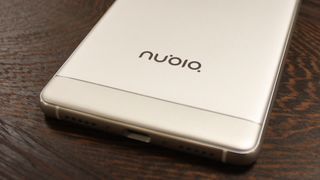
On the other hand, the Apple iPhone 7 (which is a fair bit more expensive) only has a paltry 1,960mAh battery, and lost 23% of its charge in our HD video test.
There are no special battery saving options in the settings menu, so what you see is what you get with the Z11. Auto brightness and the ease of adjusting brightness using the Edge Gestures makes it reasonably straightforward to keep on top of screen drain, but the only other battery saving measures come from the chipset itself, rather than any special software tricks.
Whilst battery life won’t keep up with some of the other flagships, the Z11 put in a respectable showing in our battery test, and happily sailed through a day’s regular usage without getting dangerously close to running out of steam.
Camera
- A high-quality snapper in a slim smartphone package
- Plenty of settings and a wealth of image tech produce great images
- Low light performance isn’t as great as alternatives with dual sensors
It’s important for any serious smartphone to have standout camera credentials, and this is one area that Nubia feels it has cracked with the Z11.
Whilst it may not have the twin cameras of the iPhone 7 Plus or the Huawei P9, Nubia has packed in its fair share of optical technology into this super-slim 16MP snapper, without the need for the dreaded camera “bump”.
Helping the sensor eke the best out of any situation is an OIS (Optical Image Stabilizer), Nubia’s own HIS (Handheld Image Stabilization) technology and an EIS (Electronic Image Stabilizer). These combine to produce images that Nubia believes rival the quality of more expensive DSLR cameras. As we’ve come to expect on flagship phones, there’s also a two-tone flash.
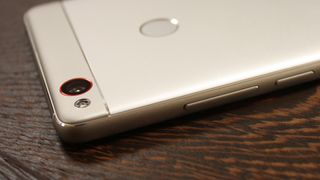
On first inspection, the 16MP rear camera appears to have the credentials to compete with most flagships, and for the most part it does – especially in good lighting. Unfortunately, as the sensor has smaller light-sensing pixels than those you’ll find on the HTC 10, Samsung Galaxy S7 and Nexus 6P, it’s not quite as impressive in low-light.
The camera app is reminiscent of an iPhone in its simplicity, and comes sporting a variety of modes, including Panorama, Slow-Mo, Video, Photo, Pro, Time-Lapse and Camera-Family. The Camera-Family option hides a wealth of extra settings – some of which are really impressive for a smartphone camera.
You’ll find Multi Exposure, Light Painting, Electronic Aperture, Slow Shutter, Star Track, Video Maker, Trajectory, DNG and Clone.
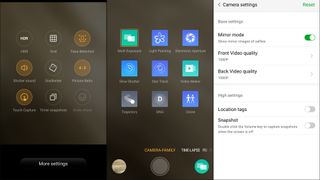
The Slow Shutter and Electronic Aperture are features you don’t often see on smartphones, and are particularly good at producing some interesting pictures of starry nights and other – more arty – shots.
As you would expect with a smartphone that claims to have a quality snapper, the professional mode gives you access to plenty of settings, including exposure, white balance and ISO, allowing you to get a perfect shot in any situation.
Another handy setting hidden away in the camera menus is the Snapshot function, which allows you to double click the volume key to take photos whilst the screen is off. Although you won’t be able to frame the picture, it allows you to take a photo incredibly quickly, before the moment has passed.
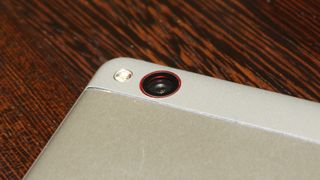
Focusing is quick and close-up images have an impressive depth of field, that adds character to photos. You can tap anywhere in the viewfinder to focus the camera, and as soon as it does, it speedily snaps an image.
The Nubia Z11 produces some beautiful pictures in daylight, capturing a range of color and definition without blowing out bright areas with HDR enabled. The colors aren’t quite as well saturated as the current cream of the crop: the Samsung Galaxy S7, but the camera is still the Z11’s key asset, especially considering that it is at least £100 (around $130 or AU$170) less than Samsung’s flagship.
Pictures taken with this camera come out looking quite good, even in not-so-great lighting. When outdoors in direct sunlight, areas of the picture aren’t blown out either, like they are on some other smartphones.
They don’t come out as saturated as many Samsung smartphones, but still appear pretty decent. Many users won’t have any issues with this camera, especially if all they are doing is posting onto social media.
Camera samples










Current page: Battery life and camera
Prev Page What's it like to use? Next Page Verdict and competition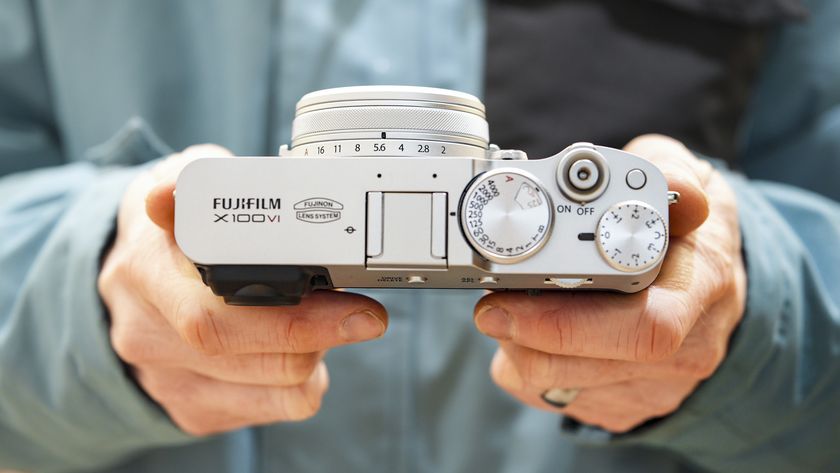
I review all the best camera phones, but I think Samsung and Apple should just copy the Fujifilm X100VI already
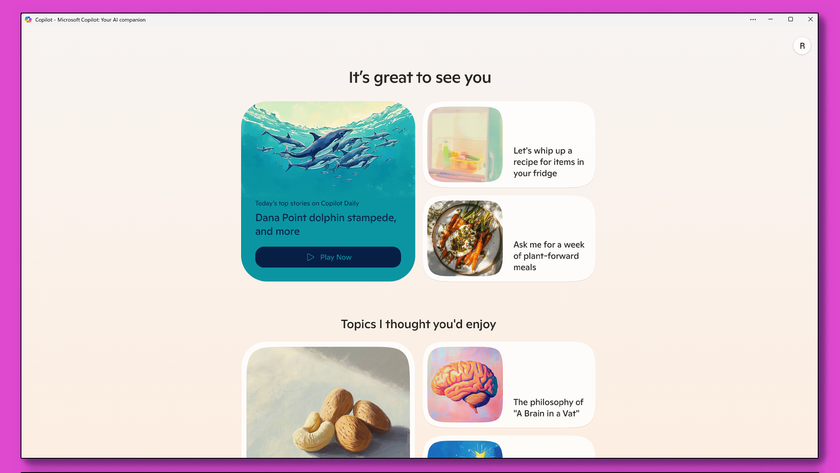
I tried Microsoft Copilot's iOS app, and here are 3 reasons why you should too

SpaceX and Apple reported spat could spell bad news for Starlink and your iPhone’s satellite communication features
